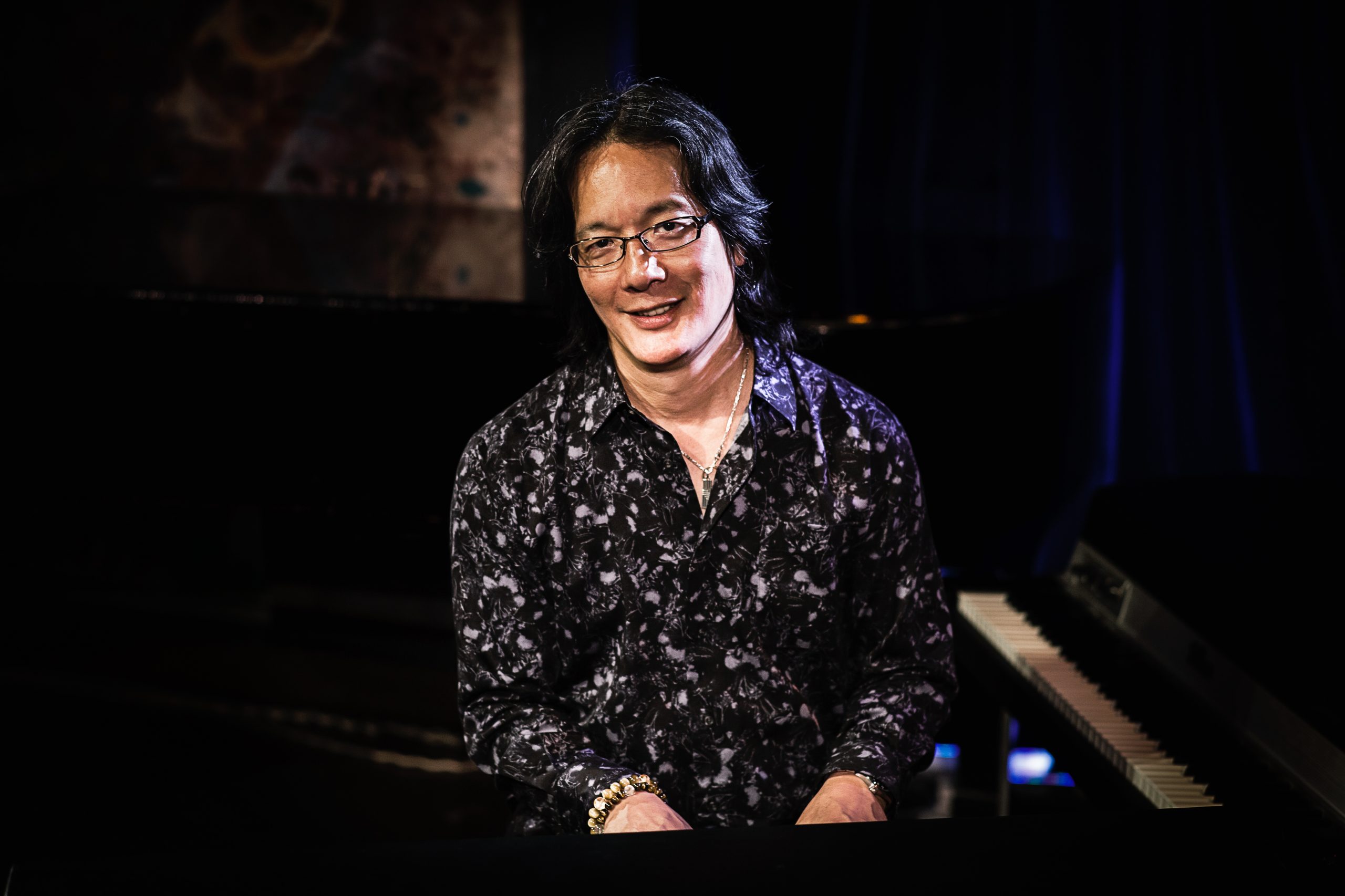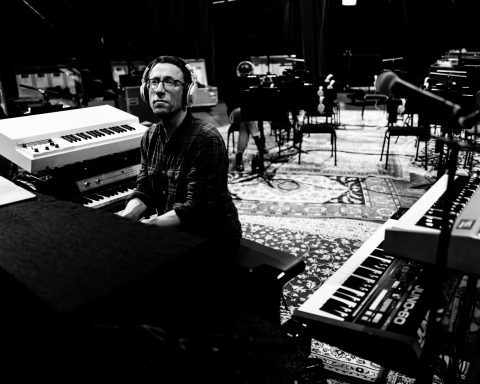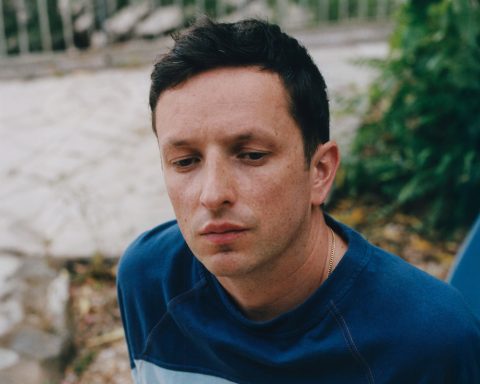When it comes to piano and electric keyboards, Philip Woo is a legend. His stature looms large in his Seattle hometown, current residence in Tokyo, and throughout the music-loving world. As musicians know, it takes thousands of hours of training, rehearsing, and ruminating to achieve a dream, and Woo put in the work. That discipline shows up across his bottomless discography. Woo has met and played with everyone from Kenny G and Roy Ayers to the families of Jimi Hendrix and Quincy Jones. He opens up about British Invasion influences, the artistic hub of Seattle’s Garfield High School, and what keeps him dedicated to his craft.
A Blend of Influences
You started playing piano at five years old and said your teacher hit you, so you quit. What do you recall about those early lessons?
Mrs. Smith was a mean old hag. My sister also took piano lessons from her, and Mrs. Smith once slammed the piano lid on her hands. I benefited from lessons by becoming familiar with reading notes and playing children’s songs. While I still tooled around on the piano, lessons put me off. In those days, people would come by the house and play boogie-woogie. I would watch and pick it up. My mother loved to buy sheet music for Broadway soundtracks. She played a bit of classical piano, too.
"In those days, people would come by the house and play boogie-woogie. I would watch and
pick it up."
Age seven is when you decided you wanted to be a professional musician. Do you remember what that realization felt like?
Around that time, we used to watch The Ed Sullivan Show on television every Sunday night. Seeing The Beatles, Dave Clark 5, The Animals, The Kinks, Elvis, and others, got me wanting to play the organ. I knew that I wanted to play in a band. Those songs were easy to pick up by ear. I would sit around figuring out the songs I liked.
With five kids in the house, we had a lot of records. My mom loved Harry Belafonte, Dinah Washington, and Broadway soundtrack albums. When we visited my grandparents on my mom’s side, my uncle, who was a jazz buff, would bring a stack of albums over. My grandfather was an opera buff, so we’d listen to opera until Uncle Joe arrived with the jazz.
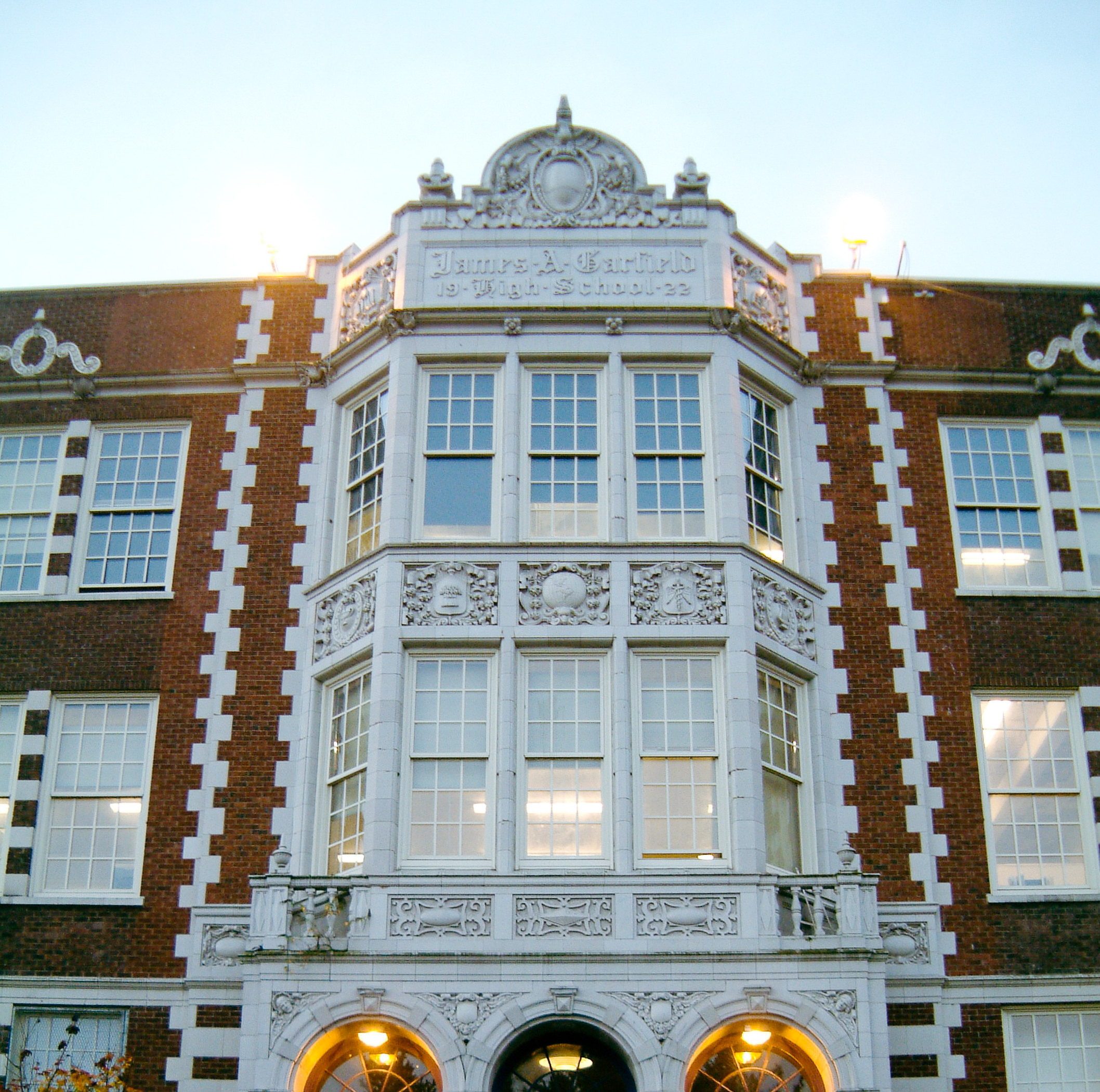
Seattle’s Music High School
You grew up in Seattle’s diverse Central District neighborhood and went to an iconic music public school: Garfield High School. There, you were around Quincy Jones, Kenny G, and others, including Bruce Lee. How did that mix influence your ear?
Growing up in the Central District was great. There were a lot of soul bands that would rehearse in the neighborhood, and I’d stop and listen out in the front lawns. I knew musicians who played in bands like The Majestics, Acapulco Gold, Cooking Bag, and Black On White Affair.
All of those bands came out of Garfield High. Jimi Hendrix was a Garfield High alumnus, and I knew his dad and cousin. I was too young to go to clubs, but we would go to the Seattle Auto Show. There were multiple stages featuring the most popular local bands.
"My aunt was a classmate of Quincy Jones at Garfield. She became an administrator at the Seattle Jazz Society and took me to see jazz groups and big bands."
The highlight was The Battle Of the Bands. I grew up with Quincy Jones’ nephews. My aunt was a classmate of Quincy’s at Garfield, and she became an administrator at the Seattle Jazz Society. She’d pick me up and take me to see jazz groups at their club on Eastlake and local big bands at outdoor festivals. I was 14 at the time.
Bruce Lee lived above Ruby Chow’s restaurant. The Chow family and the Woo family were close; all five of us kids worked at Ruby’s. My oldest brother and my sister worked there when Bruce was a waiter, too.
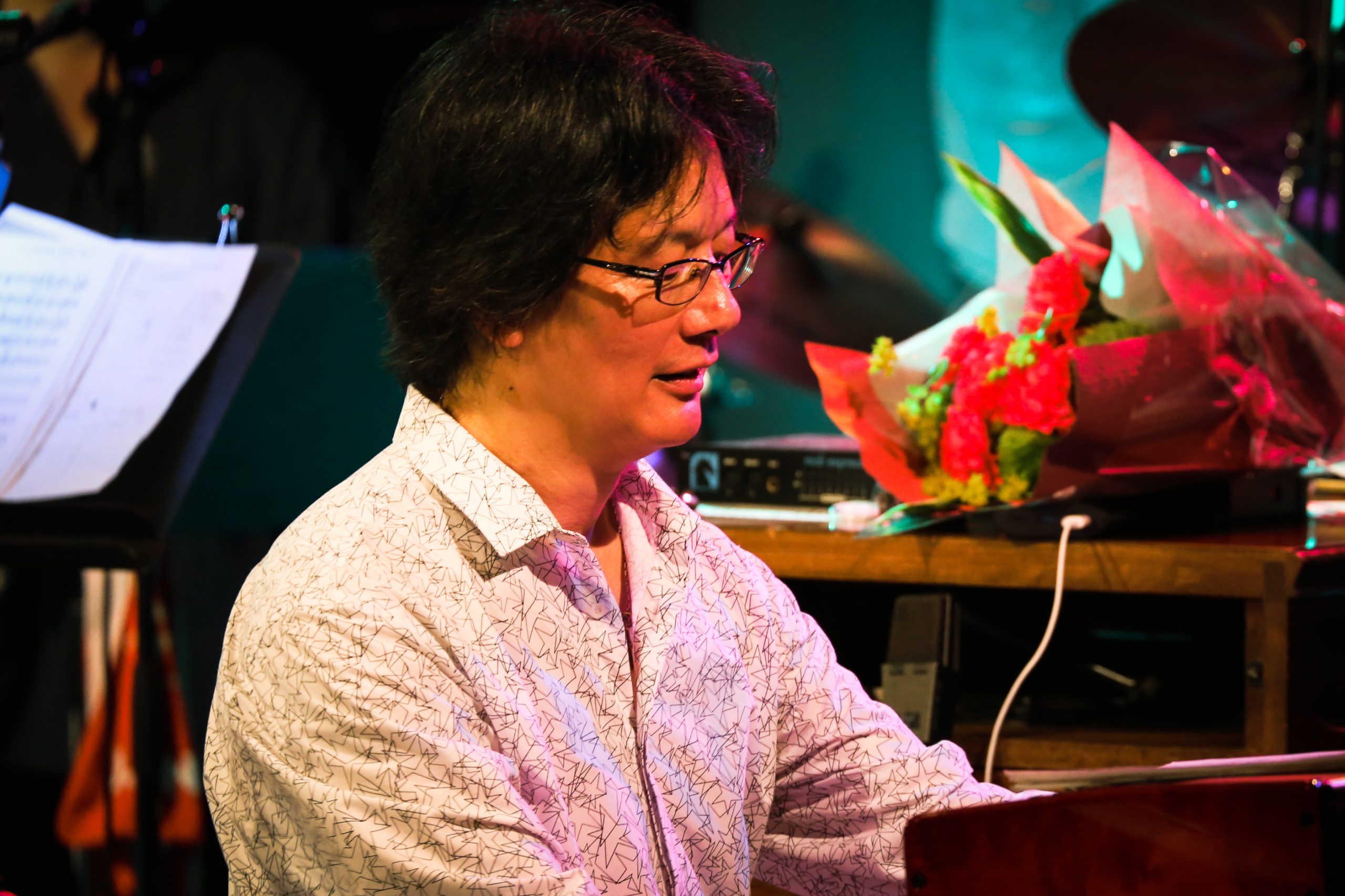
The Power of Soul
What did you like about soul music like Aretha Franklin and Donnie Hathaway and the British bands like the Yardbirds and the Beatles?
Soul music was big among Asian Americans. Our friends had every Motown and Stax album that existed. James Brown was big and Aretha was a major influence on me. I just loved her piano style. The British wave was the beginning for me, and I loved the Yardbirds, plus all the bands I mentioned earlier. Brian Auger, Julie Driscoll and the Trinity, Steppenwolf, and The Beatles, of course. I especially loved the Animals.
As I approached 12, the blues was very important. Of course, soul music was ever-present. Sly & The Family Stone. Blood Sweat & Tears. Donny Hathaway—he’s my biggest influence. When I was 13, I was walking down the street and heard “The Ghetto” playing, coming from someone’s window. I stopped and listened to the whole song. Then I bought the album and played it over and over.
"When I was 13, I heard 'The Ghetto' by Donny Hathaway coming from someone’s window. I stopped and listened to the whole song."
From age 12, I was on the hippie scene. My sister took me to Eagles Auditorium for my 12th birthday to see Paul Butterfield Blues Band. I picked up the blues harp at that time and started going every weekend to see the bands. I saw Muddy Waters, BB King, Taj Mahal, Steve Miller Band, James Cotton, Chicago, Cold Blood, Joe Cocker, Jethro Tull—hundreds of shows. Also, I went to bigger shows at the Seattle Coliseum like Sly & The Family Stone, Santana, Jimi Hendrix, and Tower of Power. There were a lot of hippie parties. Usually, there was a band playing so I’d sit in on organ, Wurlitzer, or harmonica.
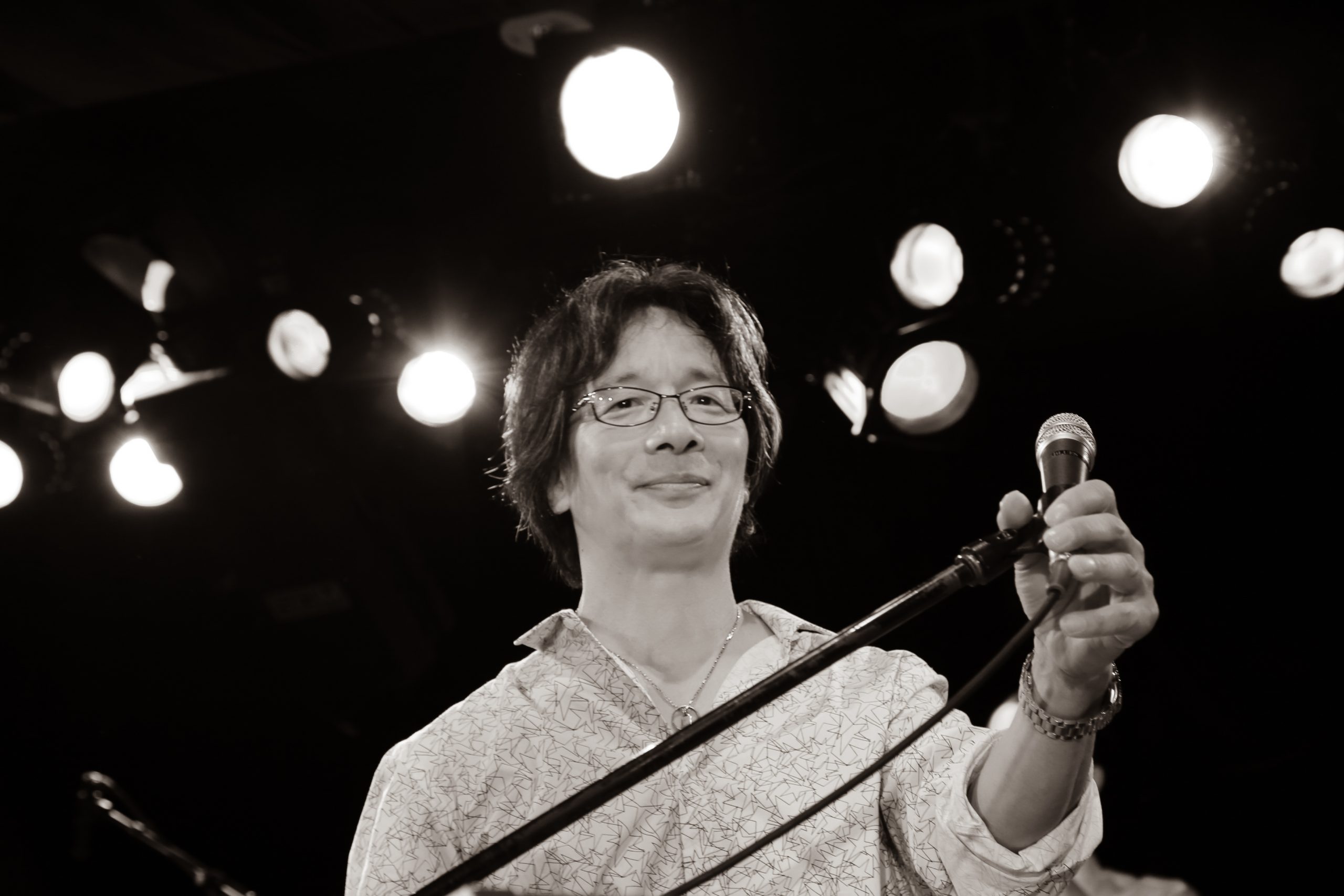
Career Strides
When did you know you were good and could hang with world-class players?
I started playing jazz around 14 and developed in high school. My brother and I transferred to Franklin High School where I met Jim Gardiner. He was the resident big band arranger and composer and the person who first recruited me to form a small jazz combo. We played jazz-funk and CTI label tunes.
Then I got recruited into the big band, which was number one in the national high school big band competitions. Kenny G was the first chair sax. I formed a group with the guys in the band, and we did little gigs around town. In the middle of my senior year, I quit the big band and joined a group called Tamaraw. We played five nights a week—a very professional band. I bought a Hammond B3 organ and a Rhodes electric piano.
"The guitarist from Cold Bold & Together was in my music theory class. He recruited me and Kenny G into the band."
When I got to Seattle Community College, the guitarist from the band Cold Bold & Together was in my theory class. He recruited me and Kenny G into the band. We wrote and recorded a few singles that hit the local soul charts.
The Breakthrough
What would you consider your big break?
My break came when Roy Ayers hired me into his band. I had sat in with him while still in high school. Two years later when I was 19, he asked me to sit in at a show I went to. I ended up getting the gig, and he moved me to New York. Drummer Ricky Lawson, bassist Byron Miller, and guitarist Ronny Drayton were in Roy’s band when I joined. They were the same age as I was. My level of musicianship improved right away. All those guys went on to have legendary careers.
"There were no computers back then. No sampling, no autotune, not even a click that musicians played to in recording studios. All that came later."
When I got to New York, I met a lot of musicians who I idolized, like Richard Tee, Ronnie Foster, Jorge Dalto, Onaje Allen Gumbs. These guys became my friends, and I learned so much from being around them. I also met guys my age who were incredible players, like Kenny Kirkland, Delmar Brown, James Mason, Ray Chew, Angela Bofill, and more. It was the greatest era in New York.
History on Wax
Your discography is massive. You’ve worked with legendary artists and been a part of so many important projects. How do you feel reflecting on all your accomplishments?
I feel fortunate to have participated in many recordings that have stood up through time. It’s been a wonderful time traveling the world playing music and experiencing many adventures. I look at it like a dream. It’s a different world today. There were no computers back then. No sampling, no autotune, not even a click that musicians played to in recording studios. All that came later. I’m very happy to have worked with the amazing singers I’ve accompanied and the instrumentalists. They taught me so much and allowed me to express myself alongside them.
"I wanted my sample pack to be grooving and a little jazzy. I like the simplicity of lo-fi and wanted to provide a nice foundation to build upon."
Embracing the Future
When you made your Beat Maker Sample Pack, “The Source Vol. 1” for Roland, what goals did you want to achieve for beatmakers?
For the pack, I used my collection of vintage instruments, synthesizers, and effects. My goal was to make it grooving and a little jazzy. I like the simplicity of lo-fi, and I wanted to provide a nice foundation to build upon. Beat making is an art, different from what I grew up with. Many surprises materialized from combining different loops and elements.
What do you love most about music?
Music is universal. I live in Tokyo, Japan, a fantastic music city. There is a diverse music scene, and I am fortunate to still participate in the music industry. Music has taken me out of my little hometown and all over the world with the greatest musicians alive. It’s the soundtrack to our lives.
